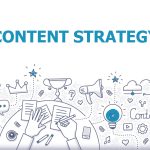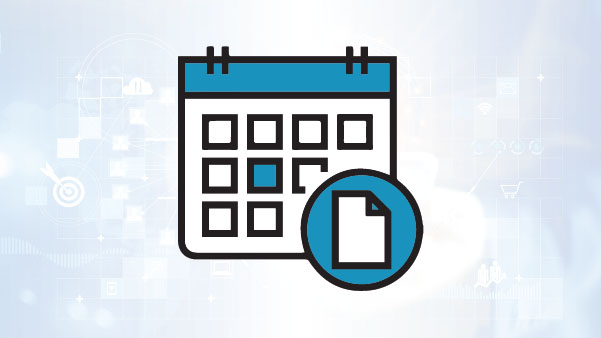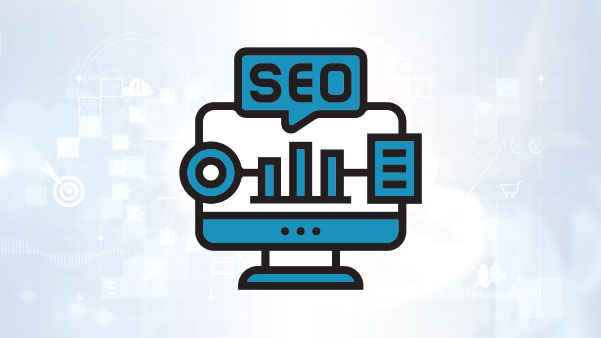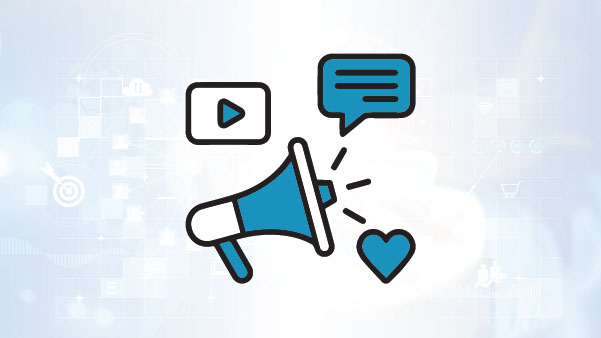
After we shared a journey around the core concepts of value-added marketing, we now invite you to embark on a free journey of liberal marketing train of thought, which will definitely change the way you think about marketing your business.
Choose Your Value Approach
When it comes to your product/service/membership, or whatever type of services you offer to your target audience, there are two certain facts:
- Other companies that offer the same product as yours do exist in the market.
- The differences between your product and theirs are subtle and narrow.
Now that we can acknowledge these two simple facts, we can understand that positioning is probably the most important aspect of marketing.
When similar products/services exist in the same market, the target audience tends to choose between them based mainly on the following metrics:
- Brand
- Price
- Quality
- Ease
- Availability
Surely, we can not claim that this generalization encompasses all markets and all sectors worldwide, or that all customers would order them the same. However, these are the main focus points you need to use as a reference if you want to initiate your value-added marketing strategy.
Let’s quickly visit them one by one:
Brand
This is the easiest to grasp, as it is exactly the goal of value-added marketing, is to build a trustworthy, well-positioned brand name in the market sector that your services belong to. But the question is how, and this is the question that we are trying to contribute to answering in this article. Let’s go ahead.
Price
We understand that pricing depends on various defining factors to reach, but it is definitely one of the top factors that can make your brand, product, or service stand out from the competing crowd.
However, great attention needs to be paid to balance it with an acceptable quality, as the clients would expect a good deal without the quality being undermined.
So, if you find any possibility to lower your prices/fees to a level that beats your competitors, or provide your clients with discounts, offers, bundles, or even freebies, do not miss the chance.
Quality
Here comes the core aspect, because quality here represents roughly 75% of value. You need to highlight those features of quality that your product guarantees, if not surpass your competitors with.
Value-marketing your product/service through this lens can’t be just an overall display, it needs to be dissected into a feature-oriented marketing campaign that gives the utmost focus on the best features of the service you offer to the target audience.
A good example would be if your company offers a Software As A Service (SAAS) online application, instead of just showcasing the features that might be shared with other SAAS providers in the same niche, direct your focus and budget towards those features that your competitors do not possess, or offer more users ‘s access in one subscription, etc.
Sometimes the value lies in uniqueness, and that in itself is a quality, hence, a VALUE.
Ease
All customers, with no exception, are looking for ease that is attached to the process of attaining the service you provide and purchasing the product you offer them from the very first steps of applying for, purchasing or hiring your services to the end of the business transaction.
This aspect needs to be handled carefully by your company before the marketing strategy is even born. Because in order for your business to find the ease features to highlight, you need to make them real first. Once you do that, direct your focus and budget towards these very aspects that assure your potential clients that they will attain “EASE” in every step of their clientele with your business.
A good example would be what Amazon is focusing on lately aside from the seasonal sales offers and the usual advertising, they have an ad that has been running in the last couple of months where the model in the Ad says clearly: “Free, Easy Returns”. An ease factor that the clients might complain takes a lot of time with e-commerce brands.
Availability
Why do you think some supermarkets and pharmacies offer 24/7 services? Why would a health e-commerce app and website like iHerb, provide a “Notify me” option under the “Out of stock” announcement for a product? Why do e-commerce websites clearly announce that they deliver to all Emirates in the UAE? Why would Emirates Health Services avail multiple channels to book medical appointments or any other services?
We have chosen to simplify the previously mentioned aspects to the maximum but feel free to explore other approaches, such as the 4 P’s or the 4 A’s approaches, to see what works best for your business.
They are simply taking care of the availability factor. But this aspect extends to more than working hours, stock availability, delivery destinations, or booking methods.
What does “Value” really stand for?
But the value realm within the marketing empire expands further, and now let’s figure out what is hidden behind the term value. Basically, we have 4 types of value:
Functional Value:
Directly represents the value the customer would get when using the product or service you provide. This aspect exceeds the world of marketing to the actual quality of your services or products, and also the function your business performs to serve the needs of the client’s business.
Emotional Value:
Refers to those good vibes and the feel-good experience your client will have when/after acquiring what you offer. Remember that this aspect applies to what your brand represents, the convenience of the purchasing process, all the way to how easy it makes your client’s life to acquire your product/service.
Economic Value:
This value indicates the cost/benefit balance any customer would calculate by weighing the cost/price to purchase your product or service, the gains it would give him or his business, and the cost it would save him when he acquires them.
Social Value:
This covers the social effect your product/service would have on the quality and ease of interactions between people and businesses. Sometimes, it also expands to how much your product would boost the social status of the client.
Positioning Through Shared Values
Have you noticed already that in the traditional product-focused marketing approach, all businesses would highlight their product/service features. But the nuanced difference is that in value-based marketing, you will expand your methods and enhance your brand positioning by aligning your values with the customers’ values, to get closer to the clients’ needs on multiple levels.
So, try your best to intertwine your company values with not only the needs but the values of the clients. Once you create this healthy kernel of shared values and connectivity between both brand and customers values, just sit back and watch the huge difference this would make for your business.






















